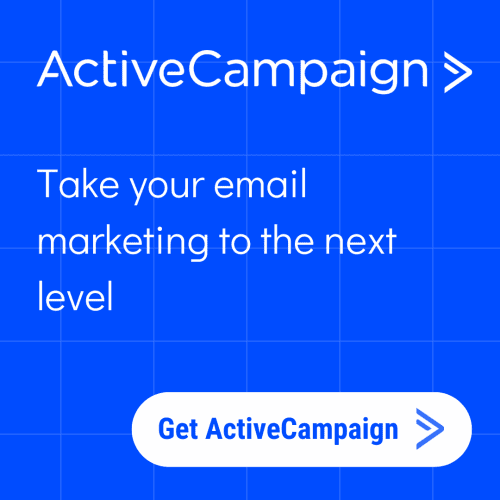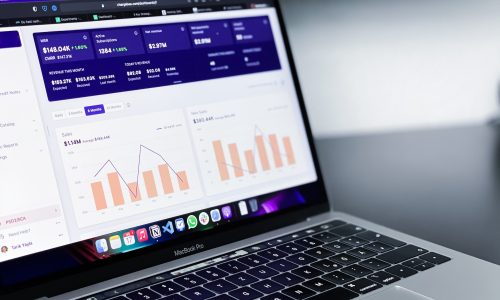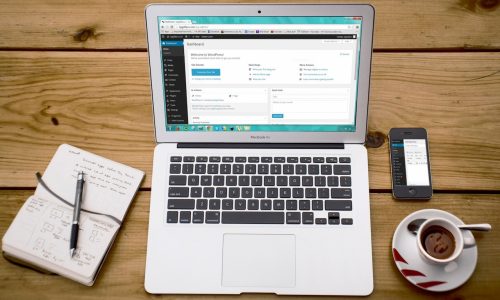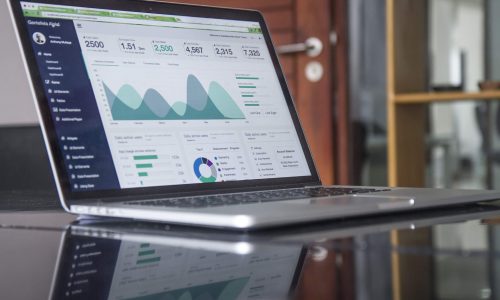Email marketing is a widely used method of direct marketing. This technique is used to get a message across to a particular target group. An important part of e-mail marketing is segmentation and profile enrichment.
But what does e-mail segmentation mean? Segmentation means dividing our audience into different groups based on a few characteristics. We then send out targeted e-mail campaigns to each group with the intention of achieving better results.
You show that your company only sends interesting mails to its clients. By sending each specific segment relevant information for this target group, you will achieve a better score with this e-mail marketing campaign. Think of a higher opening rate, click-rate and lower bounce rate.
You can divide or segment target groups based on previous purchases, new products, a product or service, age, location, etc.
However, not everyone finds this easy. We will explain a few methods that will allow you to get started right away!
Step 1. Analyse your database
Before we can start using certain techniques, we need to take a step back. First, we need an overview of our database.
So, first we look at our database and search for the degree of filling. For this we ask ourselves the question:
“What do we already know about our audience and what would be interesting to know as well?” Many registration forms only ask for the name and email address. So we are missing a lot of useful information here! So take a moment to ask yourself the question:
“What else do I want to know about my audience or what is relevant to my target audience?”.
For example. Are you a food blogger? Then it might be interesting to know which part of your audience is vegetarian. Once we know the fill rate, we can start with the profile enrichment. This is where you ask for extra information from the people in your mailing list. So this is mainly about the interests or data that are important for segmentation.
How exactly are we going to take action? Not only do you have to collect this new information from your existing audience of course, but also from your future ones.
Profile enrichment for potential customers/contacts
- Ask targeted questions on your thank you page: The thank you page is the ideal place to ask additional questions. By asking additional questions in a different place, you increase the barrier to sign up for the form. This is because they are not required on the thank you page. Individuals who want to give this information can give it. But people who prefer not to give this information can just ignore it.
- State what you are using the information for: State that you are using the requested information to send personalized emails that are tailored to their interests.
- Ask for additional information in your welcome email: Besides the thank you page, your welcome email is also the ideal place to have individuals complete their profile. Of course, play it smart here and write texts like: “Receive a discount on your birthday? Complete your profile”. People want something in return for this information such as personal discounts, birthday presents and so on.
Profile enrichment for existing customers
- Profile enrichment e-mail: Similar to the welcome email, you can also send an email afterwards to your contacts that you want more information about. In this mail you can ask them to complete a survey or update their profile. Again, mention that they will receive personalized content in return.
- Give them a reward: Send your existing contacts an email with some questions. But also mention that they will receive a discount code when they answer these questions!
2. Examine your current data
Even though you don’t have much information yet, you can still start segmenting. This is possible because of the click and open behaviour of certain individuals.
For example: you write an e-mail with a discount code. Afterwards you can send a reminder to all the individuals who have not opened this e-mail yet.Even though you don’t have much information yet, you can still start segmenting. This is possible because of the click and open behaviour of certain individuals.For example: you write an e-mail with a discount code. Afterwards you can send a reminder to all the individuals who have not opened this e-mail yet.

Segmenting based on a certain behavior is also called a static list. However, this is not the same as a dynamic list. The latter is namely your initial list, this list can adapt so it will grow or shrink.
3. Be aware of the pitfalls
Not every segmentation you will try will turn out to be a success.
Selections may be too small to generate results. Remember that for one signup you need to invite about 7.3 people.
In addition, you may already have creative plans for a campaign, but the fill rate is very low. So you first need to set up a profile enrichment campaign. However, this whole process does take up some time. So, don’t think that segmentation is a given on 1,2,3.
But you can also over-segment! Spotler gave a perfect example in their white paper on e-mail marketing.
Suppose you order a bottle of white wine on a website. This doesn’t mean that you only like white wine. Or that you only want to receive white wine advertisements.

4. Segment!
Now that you’re aware of missing information and potential pitfalls, you can finally get to work. Here are some examples of segmentation.
Geographical location
You are launching a pop-up shop for your webshop. Of course you want to let people know about this. But when your pop-up shop opens in Hasselt, it makes little sense to invite people from Bruges or the Netherlands.
Demographic data
Your web shop launches a new clothing line, with matching clothes for parents and children. So you’re going to segment based on demographic data. It is of course not relevant to send this content to people without children.
Behavior
Someone just had a baby and bought some nice stuff for the nursery. Three years later, you know this person has a toddler in the meantime. Perfect to send offers of toddler toys to!
Website behavior
Has someone not fully completed his purchase? Then start an ‘abandoned cart’ campaign! This will target every visitor who has not completed their purchase.
Purchase data and previous purchases
You have just sold a new winter coat to one of your customers. So you shouldn’t approach him or her with an advertisement about jackets. But you might want to approach him about your new winter sweaters.











